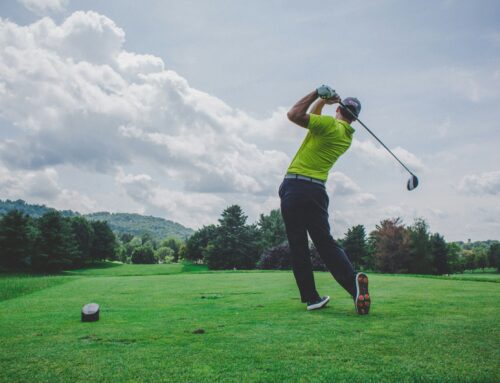More of our physio enquiries than ever before, are from people who have leg and foot issues, picked up whilst running and walking. One of those problems is PTTD (Posterior Tibial Tendon Dysfunction) which causes ankle pain and affects the inside of your ankle and foot.
What’s Causing Us Problems?
The overeating of Christmas is behind us and the chocolate from Valentines day has all been consumed. Some of us have even tried Dry January in an effort to curb the calorie intake and reduce our ever expanding waist lines.
This is normally the time of year that Gym membership sign ups boom. We want to exercise, lose weight and get fit.
For many of us, it’s not just weight control and physical fitness that exercise can help with. It is also the only way many of us can try to help look after our mental health. In between working and ferrying kids around, my regular runs and dog walks often feel like they’re keeping me sane (mostly).
Suddenly increasing how often you walk or run, the distance travelled, the difficulty of the terrain and often the lack of appropriate footwear can all cause problems, including foot and ankle pain.
What is Posterior Tibial Tendon Dysfunction (PTTD)?
The Tibialis Posterior tendon runs from deep in your calf from just below your knee, then wraps around and under the inside of your ankle bone (medial malleolus) before inserting under the arch of your foot. The muscle can point and turn your ankle in, but more importantly plays a key role in maintaining the arch in your foot. When things go wrong, it can cause foot and ankle pain.
Problems with this tendon are surprisingly common. Often more so than problems with Achilles tendons in the over 40’s and as common as arthritic hip pain in the over 70’s.
Put simply, when a problem occurs in the tibialis posterior tendon, there is no counterbalance to the tendons on the other side of the ankle. The result is often a flat footed posture.
Can a Physio Help Ankle Pain and PTTD?
Although problems with this tendon are common, Physiotherapist’s see lots of ankle pain but don’t tend to see as many Tibialis Posterior issues as some other problems. This is probably because people go to see their GP and then get referred straight to the podiatrist. GP’s often see the problem as a ‘foot problem’. This is in contrast to Achilles problems which are often labelled ‘leg problems’ and find themselves referred to Physiotherapist’s clinics first.
Thankfully we have an excellent relationship with a number of local, highly skilled podiatrists. They are referring patients in increasing numbers. This is one of many conditions where Podiatry and Physiotherapy can combine brilliantly.
So much research has been done in the area of tendon rehabilitation. More glamourous and well known tendon pathologies affect the Achilles, Patella, Supraspinatus (Shoulder) and Tennis Elbow tendons. The Tibialis Posterior tendon is no different to any other tendon in that respect.
The first thing we do in clinic, is look at your feet and legs. We would go on to look at you walking and running. It’s not unusual for us to take patients up onto the treadmills and film your running pattern.
Your Physio will palpate (hands on) in order assess for joint and soft tissue tightness and weakness. If we are able to make a diagnosis of PTTD, we go on to consider the stage of the condition. There are various stages of severity and the stage informs us on the best treatment options at that time.
Patients in the earlier stages of PTTD are more likely to benefit from Physiotherapy treatment often combined with Podiatry. Later stages are more likely to need bespoke Podiatry or referral for a surgical opinion.
We have strong links with some excellent Podiatrists and Orthopaedic Consultants. In cases of later stage PTTD, we would happily recommend and refer on where necessary.
What Rehab Might Help PTTD?
Most programs for PTTD will combine stretching some joints and soft tissues whilst strengthening others. Like other tendon loading programs, anything targeting specifically a degenerative tendon, must become progressively harder. The rate should be slow, steady and see you make progress but not at the expense of flaring things up. That’s where the experience and expertise of your Physio is of paramount importance. You can’t know and react to everything with a sheet of exercises alone!
All our Physiotherapists are highly qualified, experienced, with a variety of post graduate specialisations. If you or anyone you know would like to have a physiotherapy assessment with the team at Dorking , Leatherhead or Crawley , contact us here.
Blog post written by Sam Bowden, Head2Toe Physiotherapist and Director at Head2Toe Dorking, Leatherhead, & Crawley Clinics.






